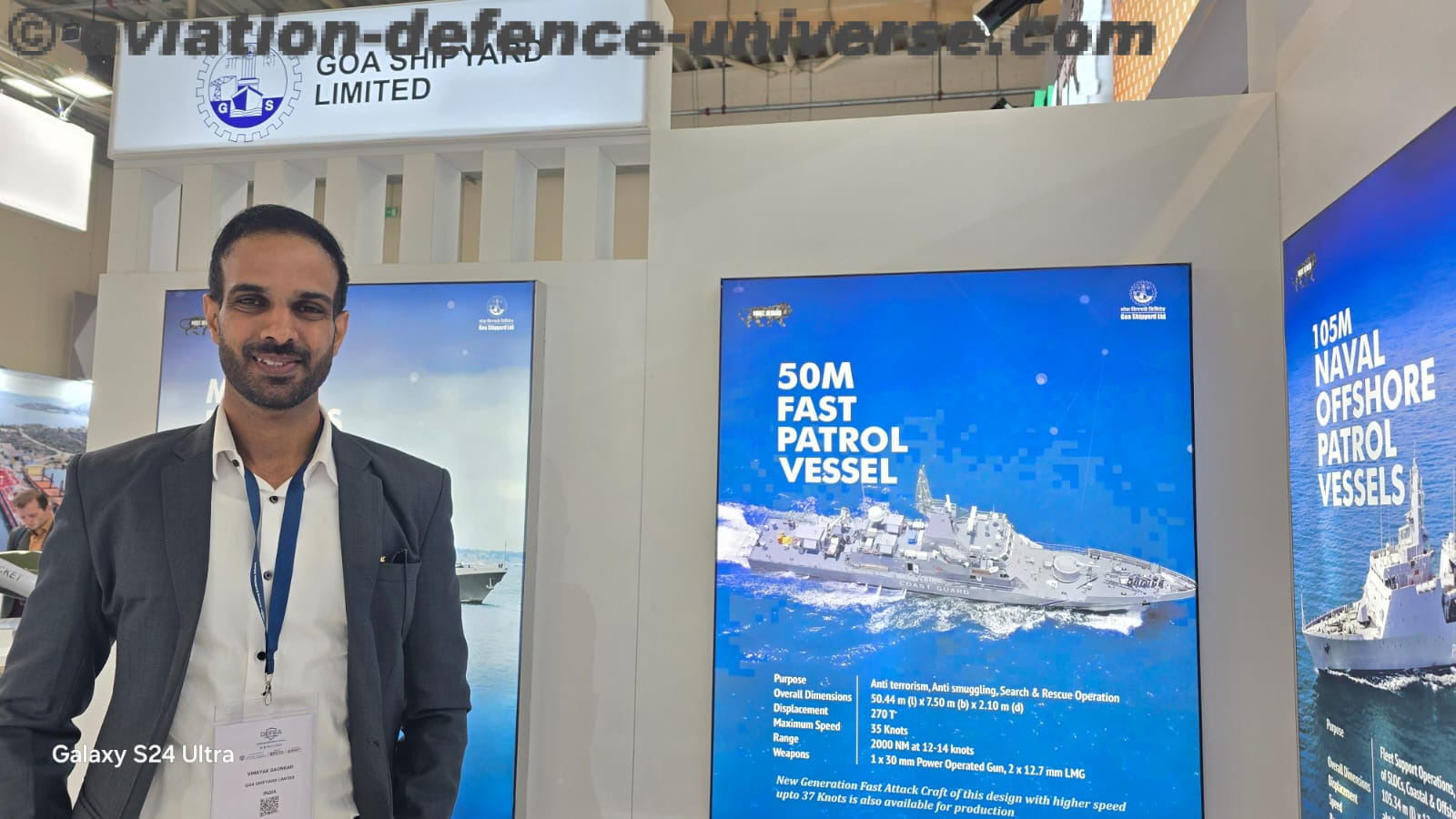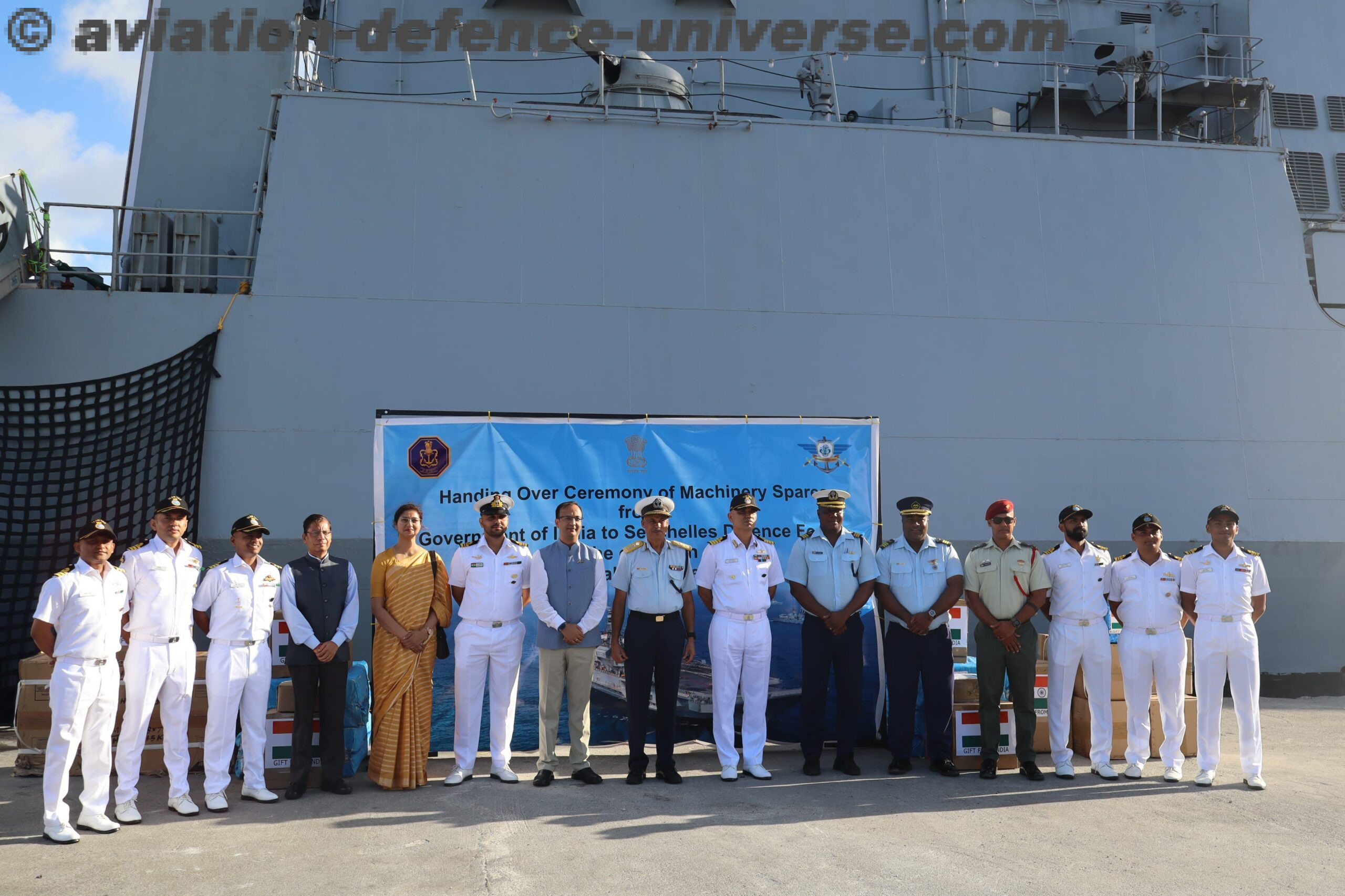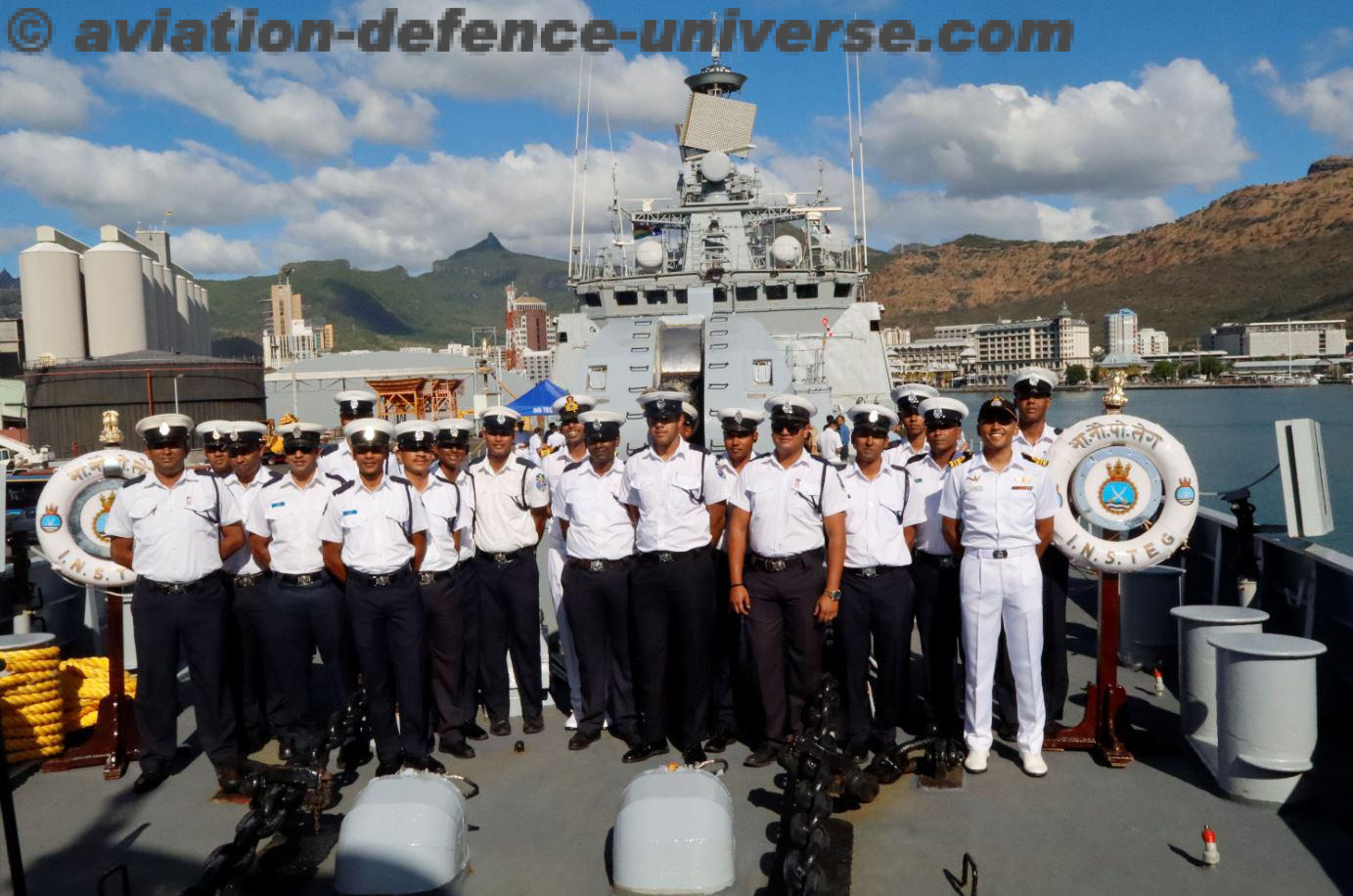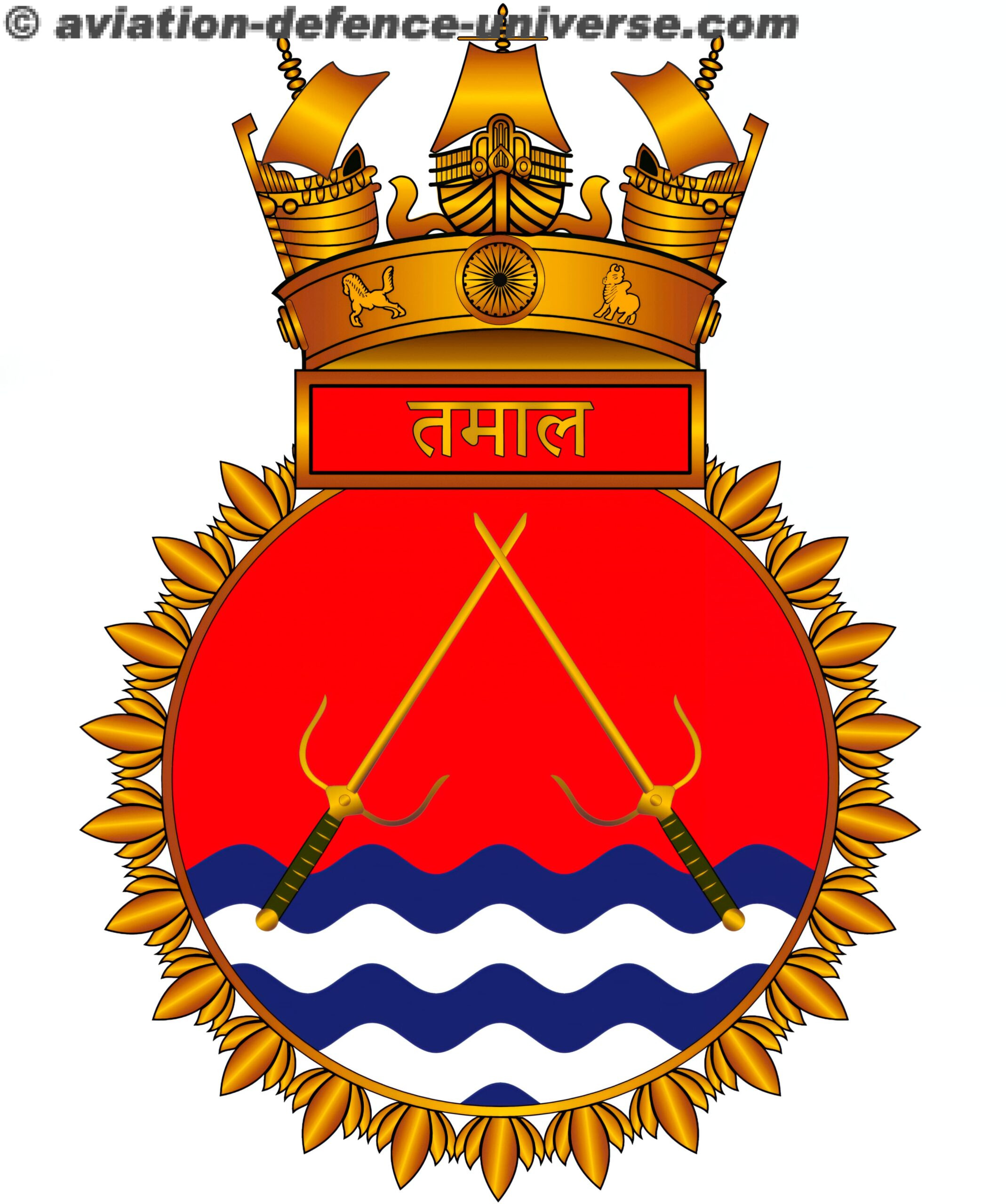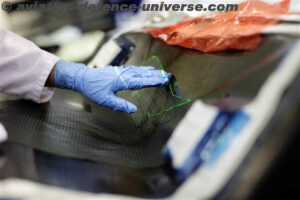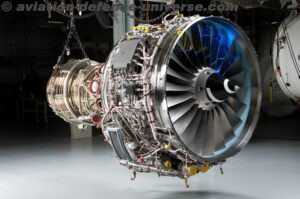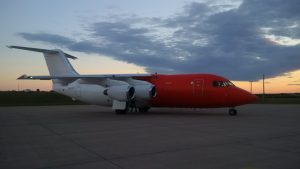
New Delhi. 03 September 2016. In times when the phrase regional aviation was very less heard and regional airlines a concept which had yet to be defined, BAe Systems put its regional jetliner into the skies from the British Aerospace airfield at Hatfield, Hertfordshire. And history was made on September 3, 1981.
A high-wing cantilever monoplane with a T-tail has four turbofan engines mounted on pylons underneath the wings, and has retractable tricycle landing gear. The aircraft has very quiet operation, and has been marketed under the name Whisperjet. It sees wide usage at small city-based airports such as London City Airport. In its primary role it serves as a regional jet, short-haul airliner or regional airliner. The BAe 146/Avro RJ is in wide use with several European-based airlines, such as Brussels Airlines, CityJet and Swiss Global Air Lines.
The British Aerospace 146 (also BAe 146) is a short-haul airliner and a regional airliner that was manufactured in the United Kingdom by British Aerospace, later part of BAE Systems. Production ran from 1983 until 2002. Manufacture of an improved version known as the Avro RJ began in 1992. A further-improved version with new engines, the Avro RJX, was announced in 1997, but only two prototypes and one production aircraft were built before production ceased in 2001. With 387 aircraft produced, the Avro RJ/BAe 146 is the most successful British civil jet airliner programme.
The BAe 146 comes in -100, -200 and -300 models. The equivalent Avro RJ versions are designated RJ70, RJ85, and RJ100. The freight-carrying version carries the designation “QT” (Quiet Trader), and a convertible passenger-or-freight model is designated as “QC” (Quick Change). A “gravel kit” can be fitted to aircraft to enable operations from rough, unprepared airstrips.
In August 1973, Hawker Siddeley launched a new 70 seat regional airliner project, the HS.146, to fill the gap between turboprop-powered airliners like the Hawker Siddeley HS.748 and the Fokker F.27 and small jet airliners like the BAC One-Eleven and Boeing 737. The chosen configuration had a high wing and a T-tail to give good short-field performance, while the aircraft was to be powered by four 6500lbf thrust Avco Lycoming ALF 502H turbofan engines. There were several reasons why a twin engine configuration was not chosen. Certainly, a major factor would have been that no manufacturer was producing a 13000lbf-thrust-class high bypass ratio turbofan engine at the time.
The programme was initially launched with backing from the UK Government, which agreed to contribute 50% of the development costs in return for a share of the revenues from each aircraft sold. In October 1974, all work on the project was halted as a result of the world economic downturn resulting from the 1973 oil crisis.
Low-key development proceeded, however, and in 1978 British Aerospace, Hawker Siddeley’s corporate successor, re-launched the project. British Aerospace marketed the aircraft as a quiet, low-consumption turbofan aircraft, which would be effective at replacing the previous generation of turboprop-powered feeder aircraft. The first order for the BAe 146 was placed by Líneas Aéreas Privadas Argentinas in June 1981. Prior to the first flight, British Aerospace had forecast that the smaller 146-100 would significantly outsell the 146-200 variant; however, airlines had showed a great level of interest in the larger 146-200.
By 1981, a large assembly line had been completed at British Aerospace’s Hatfield site, and the first completed aircraft flew that year, quickly followed by two more prototypes. Initial flight results showed better-than-predicted takeoff and climb performance.[12] In 1982, British Aerospace stated that the sale of a total 250 aircraft was necessary for the venture to break even. The BAe 146 received its Certificate of Airworthiness on 8 February 1983. Upon its launch into service, it was hailed as being “the world’s quietest jetliner”.
The BAe 146 is also renowned for its relatively quiet operation, a positive feature that appealed to those operators that wanted to provide services to noise-sensitive airports within cities. The aircraft is one of only a few types that can be used on flights to London City Airport, which has a steep approach and short runway; for several years the BAe 146 was the only conventional jet aircraft capable of flying from London City Airport.
British Aerospace promoted the BAe 146 to airlines as a “feederliner” and short-haul regional airliner. The airframe of the aircraft and many other key areas were designed to be as simple as possible. The engines lack thrust reversers due to their perceived reduced effectiveness in anticipated conditions. Instead, the BAe 146 features a large airbrake with two petals below the tail rudder at the rear of the fuselage, which has the advantage of being usable during flight and allowing for steep descent rates if required. In addition, the aircraft has full width wing spoilers which are deployed immediately on landing.
The BAe 146 is powered by four Avco Lycoming ALF 502 turbofan engines, which are fixed on pylons underneath the aircraft’s high wing.[5] The ALF 502 was derived from the Lycoming T55 turboshaft powerplant that powers the Chinook heavy transport helicopter. Notably, the ALF 502 had a very low level of operational noise, much lower than most other competing aircraft. This was achieved partly by the engine’s high bypass ratio along with additional sound damping layers built into the engine.
The aircraft proved to be useful on “high density” regional and short-haul routes. In economy class, the BAe 146 can either be configured in a standard five-abreast layout or a high-density six-abreast layout, making it one of very few regional jets that can use a six-abreast layout in economy class. Reportedly, the aircraft is profitable on most routes with only marginally more than half the seats occupied.
Acknowledging the first flight anniversary, Sean McGovern, Managing Director of BAE Systems Regional Aircraft stated today: “It is important to understand that this aircraft has many years of productive service yet to offer. In addition to supporting all our customers we work to help introduce the aircraft to new market applications through our extensive and specialist engineering capabilities. BAE Systems can provide a total support package, planned for at least a 15-20 year period.”
The aircraft still finds favour with new operators such as Pionair of Sydney, Australia, which is just starting BAe 146QT (Quiet Trader) overnight freight services on behalf of Virgin Australia which has won a 5-year U$575 million contract from TNT Express.
The newly acquired BAe 146-200QTs will fly the dedicated Eastern seaboard routes with one aircraft routing from Cairns-Brisbane-Sydney-Melbourne to Adelaide and the second in the reverse direction but with the addition of Townsville, slotted in between Brisbane and Cairns.































